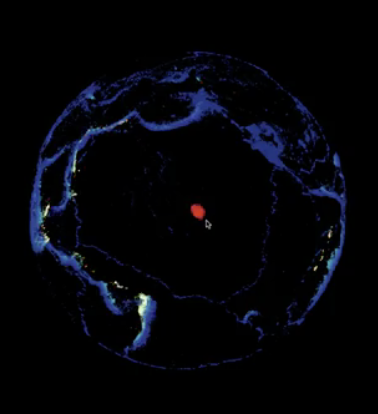 A presentation given remotely at the Astrovisualization Symposium held by the Royal Swedish Academy of Sciences in Nörrkoping, Sweden. The talk covers how 3D dust mapping, and complementary techniques, are revealing a wealth of previously-unknown structures and phenomena associated with the “New” Milky Way. The features observed are literally “new,” in that they are caused by relatively short-timescale phenomena such as feedback from star formation, interactions of massive extragalactic objects with the Milky Way, and other as-yet unidentified phenomena. The specific results I present include: discoveries of The Radcliffe Wave and the Perseus-Taurus Superbubble; 1-pc-resolution 3D maps of individual molecular clouds; unraveling the origins of Barnard’s Loop in Orion; and the “Star Formation Frontier” at the surface of The Local Bubble.
A presentation given remotely at the Astrovisualization Symposium held by the Royal Swedish Academy of Sciences in Nörrkoping, Sweden. The talk covers how 3D dust mapping, and complementary techniques, are revealing a wealth of previously-unknown structures and phenomena associated with the “New” Milky Way. The features observed are literally “new,” in that they are caused by relatively short-timescale phenomena such as feedback from star formation, interactions of massive extragalactic objects with the Milky Way, and other as-yet unidentified phenomena. The specific results I present include: discoveries of The Radcliffe Wave and the Perseus-Taurus Superbubble; 1-pc-resolution 3D maps of individual molecular clouds; unraveling the origins of Barnard’s Loop in Orion; and the “Star Formation Frontier” at the surface of The Local Bubble.
... Read more about Galactic Visualization Revelations